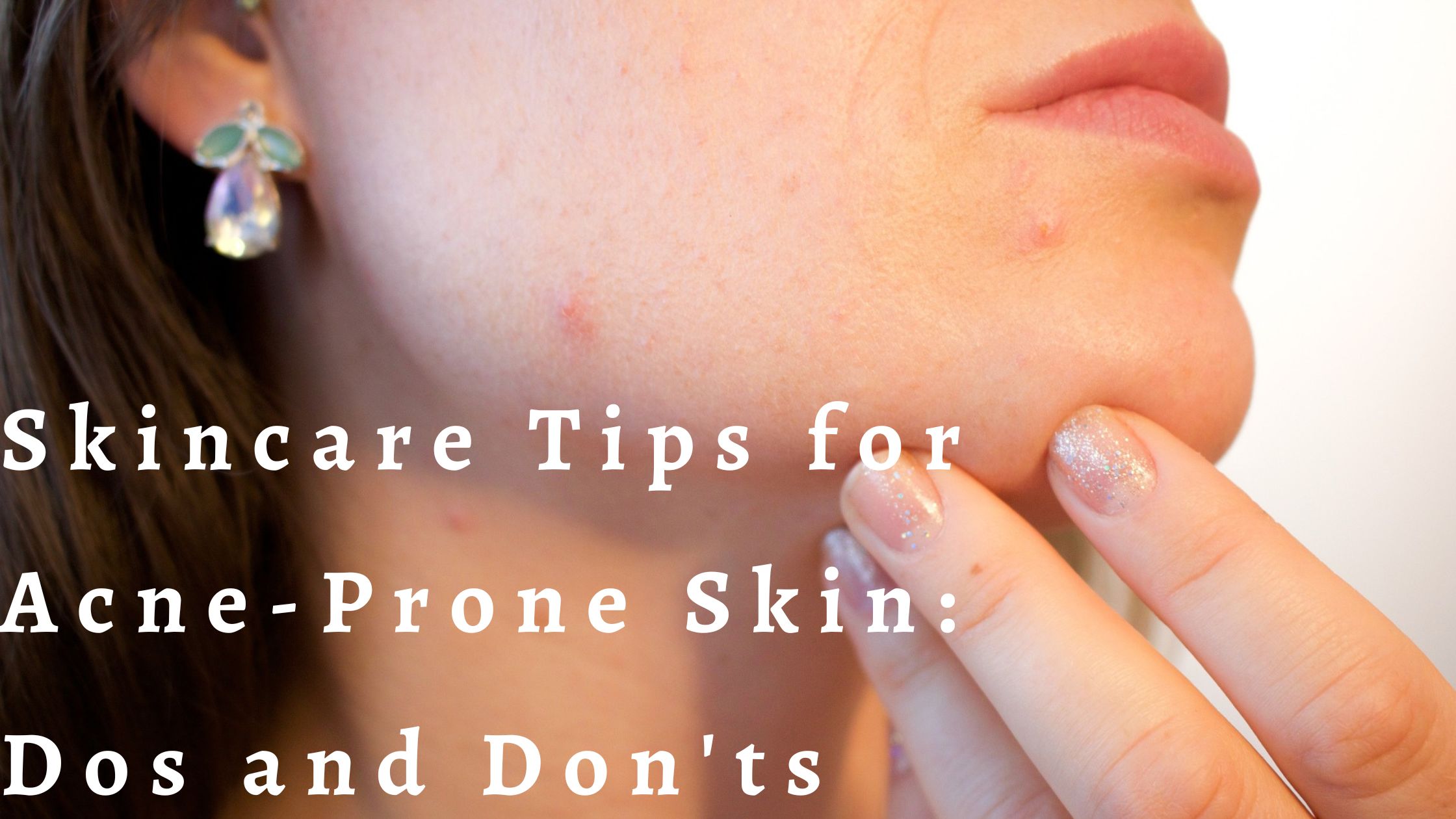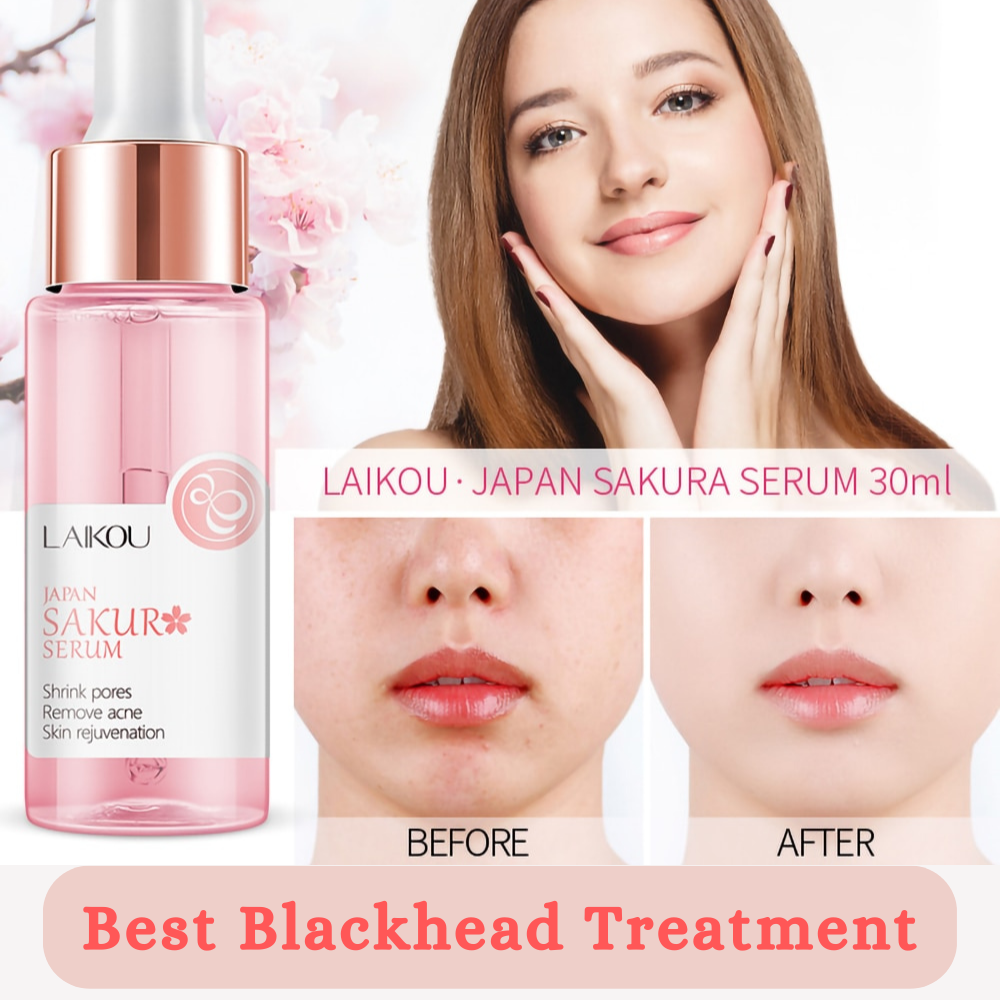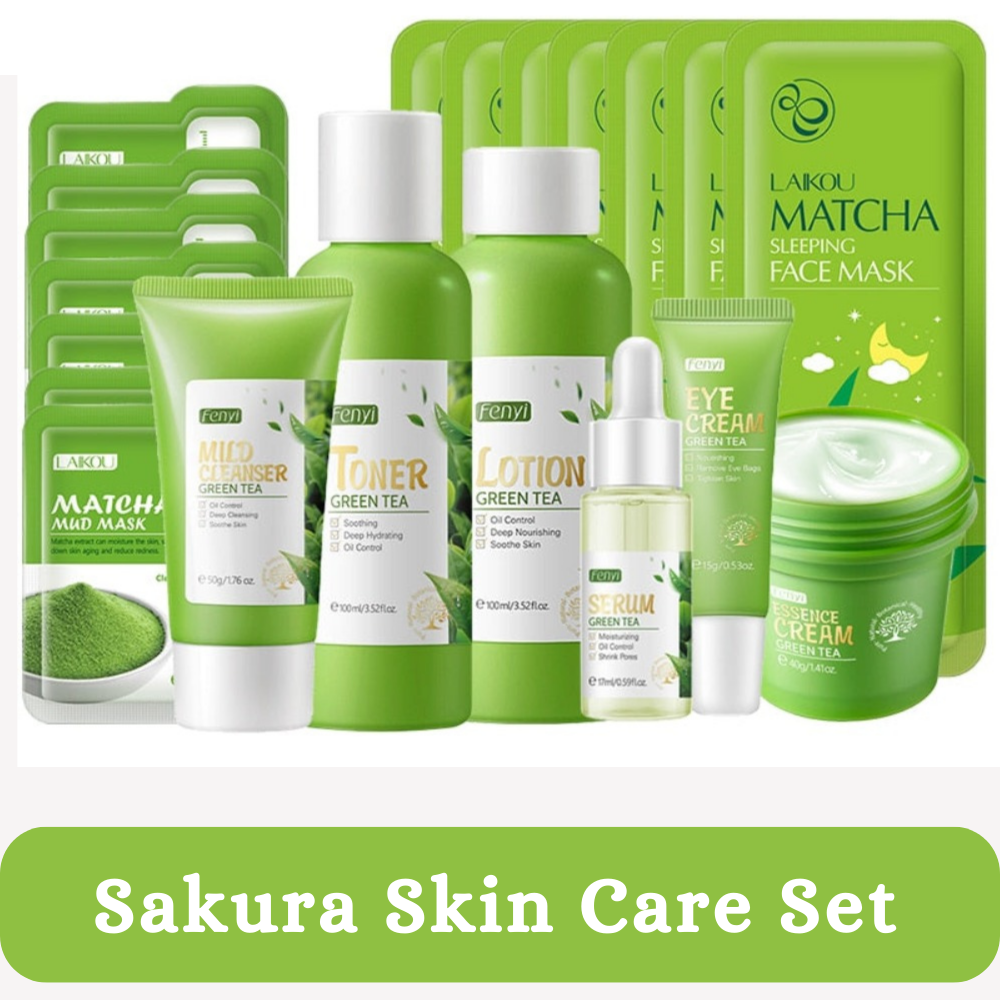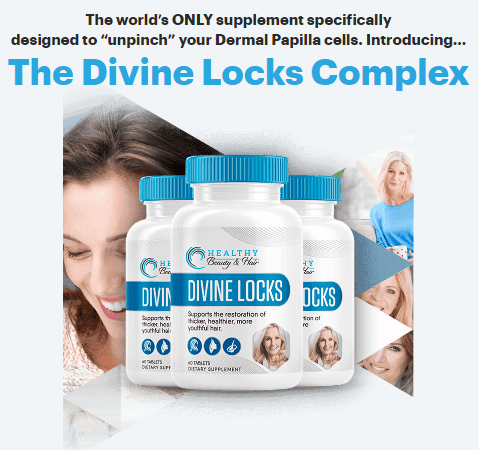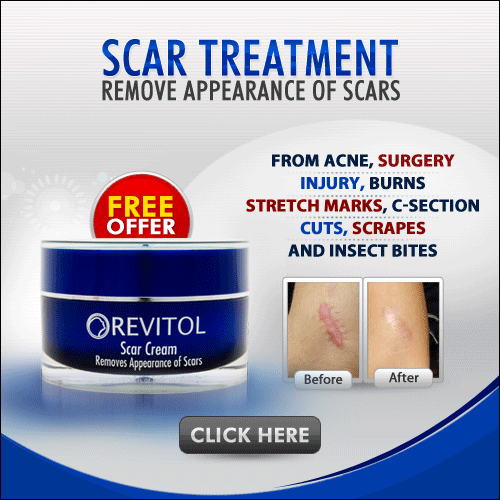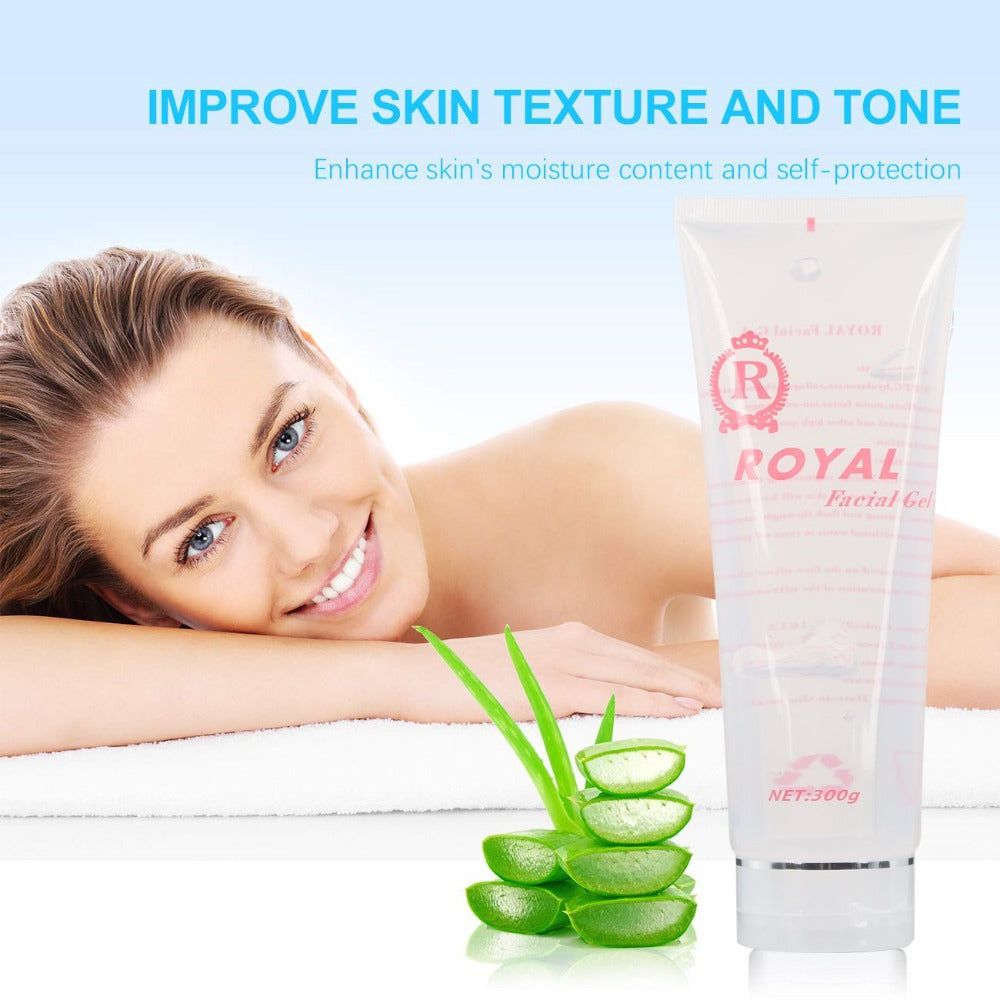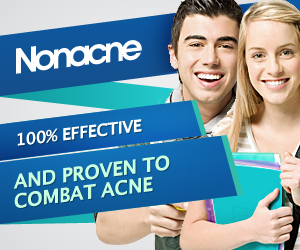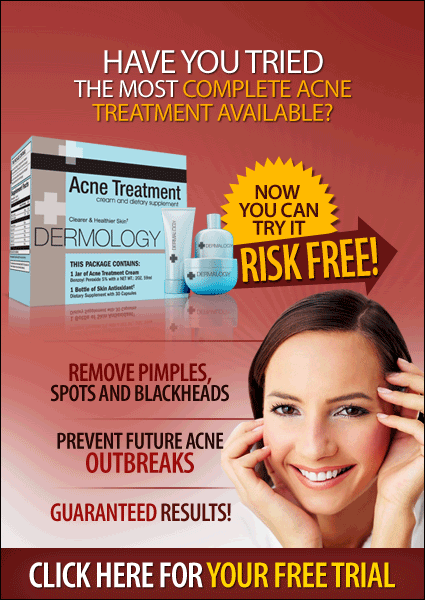This site contains product affiliate links. We may receive a commission if you make a purchase after clicking on one of these links.
Acne-prone skin is a common condition that affects millions of people worldwide. It is characterized by the presence of pimples, blackheads, and whiteheads, often causing distress and affecting one’s self-esteem. Acne can occur at any age, but it is most prevalent during adolescence and early adulthood.
The impact of acne-prone skin extends beyond its physical manifestations. It can significantly affect an individual’s emotional well-being, leading to decreased self-confidence and social withdrawal. That’s why it is crucial to address acne effectively and manage it with a proper skincare routine.
Establishing a consistent and tailored skincare routine is essential for managing acne. By following a well-designed regimen, individuals can help control breakouts, reduce inflammation, and improve the overall appearance of their skin. A comprehensive approach to skincare can minimize the occurrence of acne lesions, prevent scarring, and promote healthier skin.
In the following sections, we will explore essential dos and don’ts for skincare routines specifically designed for acne-prone skin. By adhering to these guidelines, individuals can take proactive steps towards clearer, healthier skin and boost their confidence in the process. First and formost we need full undestanding of an acne prone skin.
Understanding Acne-Prone Skin
Causes And Factors Contributing To Acne
Acne-prone skin is primarily influenced by a combination of factors, including:
Excess Sebum Production: The sebaceous glands in the skin produce sebum, an oily substance that helps moisturize and protect the skin. However, in individuals with acne-prone skin, these glands may overproduce sebum, leading to clogged pores and acne development.
Clogged Pores: The excess sebum, along with dead skin cells and bacteria, can clog the hair follicles on the skin, resulting in the formation of comedones (blackheads and whiteheads).
Bacterial Infection: Propionibacterium acnes (P. acnes), a type of bacteria commonly found on the skin, can multiply within the clogged pores, leading to inflammation and the formation of acne lesions.
Hormonal Factors: Hormonal fluctuations, particularly during puberty, menstrual cycles, and hormonal imbalances, can stimulate sebum production, making individuals more susceptible to acne breakouts.
Genetic Predisposition: There is evidence suggesting that genetics plays a role in acne development. If you have a family history of acne, you may be more prone to experiencing it yourself.
Different Types Of Acne And Their Characteristics
Comedones: These are non-inflammatory acne lesions that include both blackheads and whiteheads. Blackheads occur when the pores are partially blocked and the trapped sebum and dead skin cells oxidize, giving them a black appearance. Whiteheads, on the other hand, occur when the pores are completely blocked, trapping sebum and dead skin cells beneath the skin’s surface.
Papules: Papules are small, red, and raised bumps that are typically tender to the touch. They occur when the walls of the hair follicles become inflamed due to bacteria and excess sebum.
Pustules: Pustules are similar to papules but contain a yellow or white center filled with pus. They are often referred to as “pimples” and can be sensitive and painful.
Nodules: Nodules are large, solid, and painful acne lesions that develop deep within the skin. They are often accompanied by inflammation and can leave behind deep scars.
Cysts: Cysts are the most severe form of acne. They are painful, pus-filled lesions that extend deep into the skin. Cysts can cause significant scarring and require medical intervention for proper treatment.
Understanding the different types of acne lesions is important as it helps in determining the appropriate skincare and treatment approach for effectively managing acne-prone skin. By recognizing the causes and characteristics of acne, individuals can make informed decisions when it comes to selecting the right products and adopting a suitable skincare routine.
Dos for Skincare Routine For Acne-Prone Skin
Gentle Cleansing
Choosing a mild, non-comedogenic cleanser: Look for cleansers specifically formulated for acne-prone skin. These cleansers should be free from harsh ingredients that can irritate the skin or clog pores. Non-comedogenic cleansers help prevent further breakouts by not blocking the pores.
Washing face twice daily with lukewarm water: Gently cleanse your face in the morning and evening to remove excess oil, dirt, and impurities. Use lukewarm water instead of hot water, as hot water can strip the skin of its natural oils and lead to dryness.
Moisturizing
Using oil-free, non-comedogenic moisturizers: Even if you have oily skin, moisturizing is essential to maintain skin hydration and prevent excessive oil production. Look for oil-free moisturizers that won’t clog pores or contribute to breakouts. Non-comedogenic moisturizers are formulated to minimize the risk of pore blockage.
Moisturizing regularly to maintain skin hydration: Apply moisturizer after cleansing to lock in moisture and keep your skin hydrated throughout the day. Opt for lightweight formulas that won’t feel heavy on the skin.
Sun Protection
Applying sunscreen with a minimum SPF of 30: Protecting your skin from harmful UV rays is crucial for acne-prone skin. Choose a broad-spectrum sunscreen with at least SPF 30 to shield your skin from both UVA and UVB rays.
Opting for oil-free and non-comedogenic sunscreens: Sunscreens specifically designed for acne-prone skin are available, which are lightweight and won’t clog pores. These oil-free and non-comedogenic formulas provide sun protection without exacerbating acne breakouts.
Spot Treatment
Using topical treatments with ingredients like benzoyl peroxide or salicylic acid: Spot treatments can help target individual acne lesions. Look for over-the-counter products containing benzoyl peroxide or salicylic acid, which have proven effectiveness in reducing inflammation and fighting acne-causing bacteria.
Applying spot treatments only on affected areas: Apply the spot treatment directly on the acne lesions, avoiding the surrounding healthy skin. This targeted approach minimizes potential irritation and helps to focus the treatment where it’s needed most.
Proper Hygiene
Regularly washing pillowcases, towels, and makeup brushes: Cleanliness is vital to prevent the buildup of bacteria and oil on surfaces that come into contact with your face. Wash your pillowcases, towels, and makeup brushes regularly to reduce the risk of transferring these impurities back onto your skin.
Avoiding touching or picking at acne lesions: Resist the urge to touch or pick at your acne lesions. Picking can introduce bacteria and lead to infection, scarring, and prolonged healing. Be gentle with your skin and let the healing process occur naturally.
Incorporating these dos into your skincare routine can help promote a healthy and clear complexion. By selecting the right products, being consistent with cleansing and moisturizing, protecting your skin from the sun, using spot treatments effectively, and practicing proper hygiene, you can support your skin’s healing process and minimize the occurrence of acne breakouts.
Don’ts for Skincare Routine For Acne-Prone Skin
Harsh Cleansing
Avoid using harsh soaps or scrubs that can irritate the skin: Harsh cleansers, soaps, and scrubs can strip the skin of its natural oils, leading to dryness and irritation. Avoid products with abrasive particles or strong chemical ingredients that can disrupt the skin’s barrier function.
Refrain from excessive washing or scrubbing: Over-washing or scrubbing the skin vigorously can aggravate acne-prone skin. It can strip away the protective oils, disrupt the skin’s natural balance, and potentially worsen inflammation. Stick to gentle cleansing and avoid excessive friction.
Overusing Products
Using too many skincare products simultaneously: It can be tempting to try multiple skincare products in the hope of achieving faster results, but using too many products can overwhelm the skin and potentially trigger breakouts. Stick to a simplified routine and introduce new products gradually to monitor their effects.
Avoiding heavy makeup or pore-clogging cosmetics: Heavy makeup and pore-clogging cosmetics can exacerbate acne by trapping oil, bacteria, and debris on the skin’s surface. Opt for non-comedogenic, oil-free, and lightweight makeup products that allow the skin to breathe and minimize pore blockage.
Squeezing or Popping Pimples
Explaining the risks of squeezing or popping acne lesions: Squeezing or popping pimples can lead to inflammation, infection, and potential scarring. It can also push the contents deeper into the skin, worsening the breakout and delaying the healing process.
Encouraging seeking professional help for extraction if needed: If you feel the urge to extract a pimple, it is best to seek professional help from a dermatologist or licensed esthetician. They can perform extractions safely and minimize the risk of complications.
Ignoring Moisturization
Emphasizing the importance of moisturizing even for oily or acne-prone skin: Many individuals with acne-prone skin mistakenly believe that moisturizing will make their skin oilier or worsen breakouts. However, proper moisturization is essential to maintain skin hydration and prevent excessive sebum production. Neglecting moisturization can lead to dryness, irritation, and potentially more breakouts.
Using appropriate oil-free moisturizers: Look for oil-free moisturizers that are specifically formulated for acne-prone skin. These moisturizers provide hydration without clogging pores or contributing to acne. Lightweight, gel-based, or water-based formulas are often well-suited for oily or acne-prone skin.
By avoiding harsh cleansing practices, limiting the number of skincare products, refraining from squeezing or popping pimples, and prioritizing moisturization with suitable oil-free products, you can reduce skin irritation, maintain a healthy skin barrier, and support the overall management of acne-prone skin.
Lifestyle and Dietary Factors
Stress Management
Stress can contribute to acne breakouts by triggering hormonal imbalances and increasing inflammation in the body. Managing stress levels is crucial for maintaining healthy skin. Encourage practices such as mindfulness, meditation, exercise, adequate sleep, and engaging in activities that promote relaxation and well-being.
Diet and Acne
While the relationship between diet and acne is complex and varies from person to person. Some studies suggest that certain dietary factors can influence acne development. Discuss the potential impact of high glycemic index foods, dairy products, and excessive consumption of processed foods on acne. However, it’s important to note that more research is needed to establish a definitive link.
Individuals with acne-prone skin are encourageto adopt a balanced diet that includes plenty of fruits, vegetables, whole grains, lean proteins, and healthy fats. Such a diet can provide essential nutrients and antioxidants that support skin health and may help reduce inflammation.
Regular Exercise
Regular exercise improves blood circulation, promotes healthy skin cell turnover, and reduces stress levels, all of which can benefit acne-prone skin. Encourage individuals to engage in activities they enjoy, such as jogging, swimming, or yoga, to reap the skin and overall health benefits.
Reminding to cleanse skin after sweating: After exercising, it’s important to cleanse the skin to remove sweat and impurities that can clog pores. Recommend using a gentle cleanser to wash the face and body, helping to prevent breakouts caused by sweat and bacteria accumulation.
By addressing lifestyle factors such as stress management, considering the potential impact of diet on acne, and promoting regular exercise along with proper post-workout skincare, individuals can complement their skincare routine with healthy habits that support overall skin health.
Additional Tips for Acne-Prone Skin
Avoiding irritants: Acne-prone skin is often sensitive, so it’s important to avoid using products or substances that can irritate skin. This includes harsh chemicals, abrasive scrubs, and overly fragranced products. Opt for gentle, non-irritating options that are specifically formulated for sensitive or acne-prone skin.
Using non-comedogenic and fragrance-free products: Non-comedogenic products are designed to not clog pores, reducing the risk of acne breakouts. Look for skincare, makeup, and hair care products labeled as non-comedogenic. Additionally, fragrance-free products are less likely to cause skin irritation. Fragrances can sometimes trigger allergic reactions or worsen existing skin conditions, so it’s best to choose fragrance-free options.
Seeking professional advice when needed: If over-the-counter products and home remedies aren’t effectively managing acne-prone skin, it’s important to seek professional advice from a dermatologist or skincare professional. They can provide personalized recommendations, prescribe medications if necessary, and offer treatments like chemical peels or extractions to help control acne and improve skin health.
Remember, everyone’s skin is unique, and what works for one person may not work for another. It may take some trial and error to find the right skincare routine and products that suit your specific needs. Be patient and consistent with your skincare regimen, and don’t hesitate to reach out to professionals for guidance along the way. With proper care, attention to potential irritants, and professional advice when needed, you can effectively manage acne-prone skin and promote a clearer, healthier complexion.
Conclusion
Throughout this article, we have explored various aspects of skincare for acne-prone skin. We discussed the causes and factors contributing to acne, the different types of acne lesions, and the importance of understanding your skin’s needs. We also covered the dos and don’ts of a skincare routine, including gentle cleansing, moisturizing, sun protection, spot treatment, and proper hygiene. Furthermore, we addressed the impact of lifestyle and dietary factors on acne-prone skin, emphasizing stress management, a balanced diet, and regular exercise. Lastly, we highlighted additional tips such as avoiding irritants, using non-comedogenic and fragrance-free products, and seeking professional advice when needed.
It is essential to prioritize a consistent and tailored skincare routine to effectively manage acne-prone skin. By following the dos and avoiding the don’ts discussed in this article, you can create a routine that addresses the unique needs of your skin. Remember, taking care of your skin is an investment in your overall well-being and confidence.
By implementing the tips and recommendations provided in this article and being patient and consistent with your skincare routine, you can make significant progress in managing acne-prone skin. Remember to listen to your skin, adapt your routine as needed, and celebrate the small victories along the way. With dedication and proper care, you can achieve a clearer and healthier complexion and regain your confidence.

